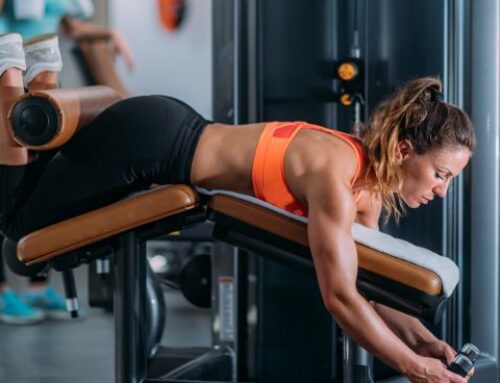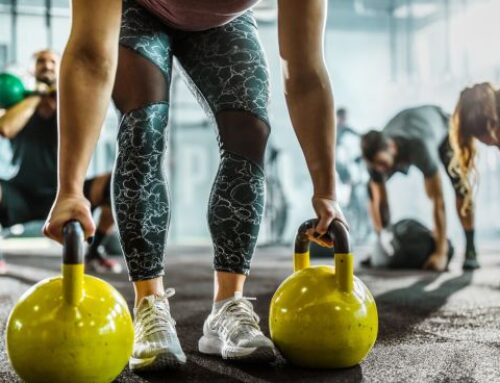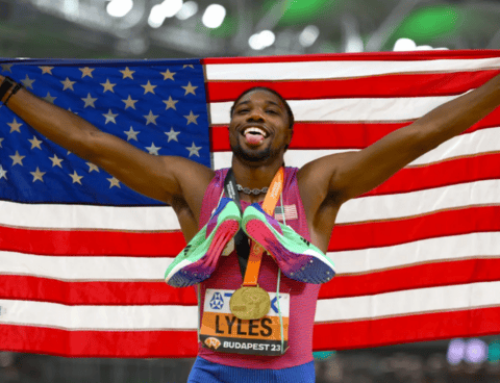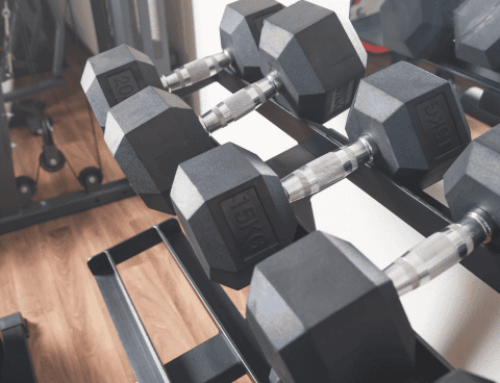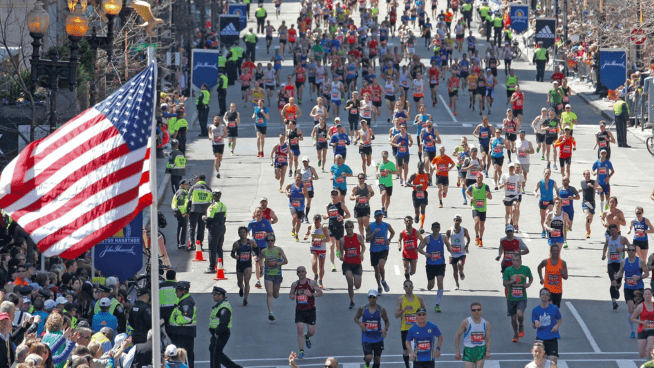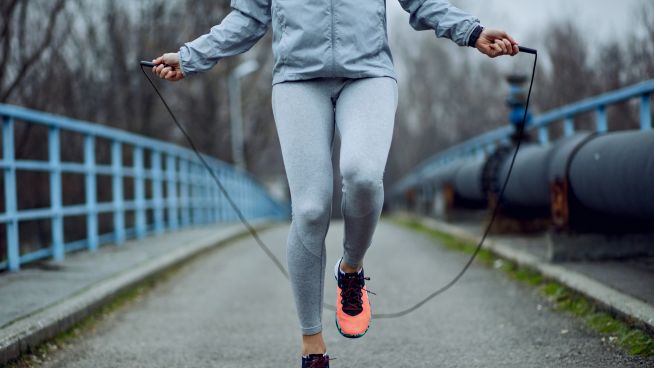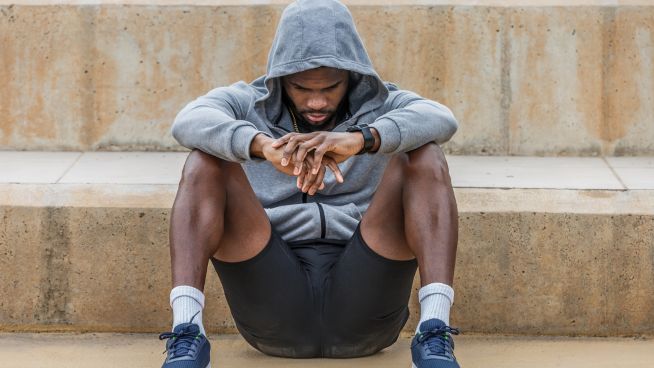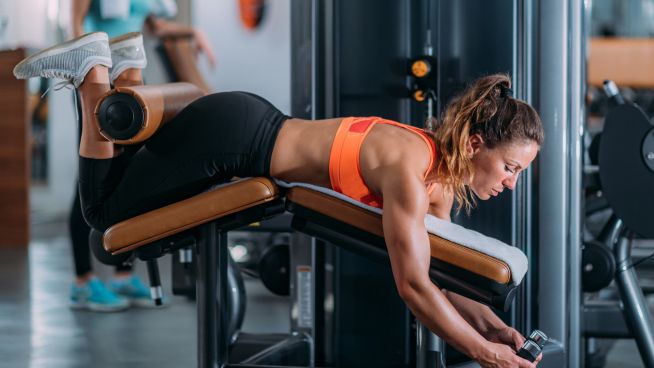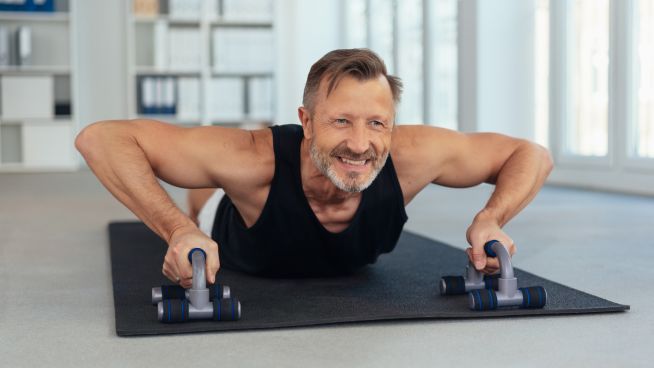The Biggest thing an Athlete can do is Take Care of their Feet
If you are like me, your feet have taken a beating.
After nearly 15 years of soccer, my feet have been through a war.
Soccer cleats, as well as many other performance shoes, are designed to keep your feet safe but not necessarily pain-free.
While most of us play the game, “wait until something hurts to fix it,” the ones who’ve been there understand just how important our feet are.
Ask any distance runner or endurance athlete, and they will tell you they’ve had some sort of foot injury along the way. The question is, how can we prevent foot injuries from happening? For starters, the standard rest, ice, elevate, and rolling with a lacrosse ball can only get you so far. It will provide temporary relief that can have some pretty nasty resurfacing of pain and new onset of problems.
Cortisone shots are no better. Again, solving pain for a brief amount of time isn’t the direction you want to go if you want to keep your feet healthy and strong.
The foot is one of the most important body parts we have and can often be overlooked by coaches. We are always on our feet; when running, each foot comes into contact with the ground 80 to 100 times per minute on average.
Some studies have shown force impacts three times the human body weight in Newtons. For example, a person weighing 670 newtons (150 pounds) can experience forces of up to seven times their body weight or 4700 newtons (1000 pounds).
The purpose isn’t to educate you on the forces placed on your feet but to highlight its care’s importance!
Let’s first note that problems stemming from the feet can directly correlate to bodily injuries. Neglecting the strength needed in the feet can have the forces needed to translate into the ground fall short. This means your weak feet can lead to shin, calf, and even knee issues down the road.
The foot is the focal point of your body, and its duty is to bear force and provide stability and proprioceptive awareness to the rest of the body. Nearly all our performance begins with the big toe. Given its location on the body, why wouldn’t our first point of concern be the big toe? It’s the control center of the foot. A big toe that is immobile and cannot dorsiflex/extend can significantly hinder all forms of gait by weakness or an inability to activate intrinsic muscles of the foot.
Additionally, the plantar fascia rides down from the Achilles tendon to the calcaneus, which then wraps itself around and over the ankle joint. Once it has done so, it breaks off into five paths and attaches to each of the toes. Its function is to support the foot’s arch and provide shock absorption.
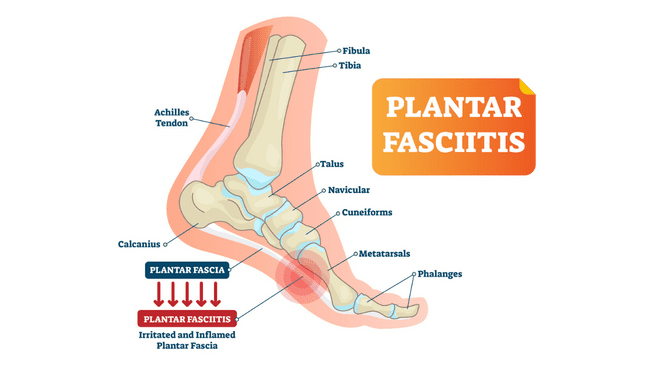
Doing much of anything that involves pushing off the heel and gait corresponds to your plantar fascia, which is why when we inhibit the range of motion by wearing shoes (especially high heels), you limit the big toes’ ability to control. That’s where things go south. Especially if you are the grinding type and try to push through the pain. Not only will you make it worse, but you’ll end up with other compensatory issues stemming from the foot.
Failing to take pride in training your feet can lead to problems that can be an exercise enthusiast’s worst nightmare.
I’m not saying you need to go out and buy barefoot shoes or train without shoes, but doing basic care weekly can go a long way.
If you’ve taken most doctors’ advice, they will tell you to ice, heat, and roll a lacrosse ball. While this might aid in temporary relief, it doesn’t solve the problem.
To keep your feet healthy, spend some time doing these:
- Heel walks and dorsiflexion (tibialis anterior)
- Toe-curling exercises
- Banded internal/external rotation:
- Balance drills
- Big toe lifts
- Foot Lifts with Eccentric Lowering or Toe Raises
- Use the wall to help keep your balance.
- Go up using two feet and lower down on one foot.
- Avoid rolling to either side of your foot.
- Aim for the highest range on your tip-toe position.
- Lower each rep for at least 3 seconds.
- Shoot for 2-4 sets of 8-15 reps.
There is no shame in being the guy who does exercises for your feet at the gym, but the beauty of this protocol is that it can all be done at home.
The key is being consistent with it and not waiting until your Achilles flares, or your feet begin giving you issues.
Personally, I find incorporating them after cardio workouts tend to be a good choice.
Bottom line…
Don’t skimp on what supports your body daily. Start addressing the problem, so you don’t keep having injuries and if you are a runner, make sure you get a new pair or check the wear every 300 miles you put on them.
RECOMMENDED FOR YOU
MOST POPULAR
The Biggest thing an Athlete can do is Take Care of their Feet
If you are like me, your feet have taken a beating.
After nearly 15 years of soccer, my feet have been through a war.
Soccer cleats, as well as many other performance shoes, are designed to keep your feet safe but not necessarily pain-free.
While most of us play the game, “wait until something hurts to fix it,” the ones who’ve been there understand just how important our feet are.
Ask any distance runner or endurance athlete, and they will tell you they’ve had some sort of foot injury along the way. The question is, how can we prevent foot injuries from happening? For starters, the standard rest, ice, elevate, and rolling with a lacrosse ball can only get you so far. It will provide temporary relief that can have some pretty nasty resurfacing of pain and new onset of problems.
Cortisone shots are no better. Again, solving pain for a brief amount of time isn’t the direction you want to go if you want to keep your feet healthy and strong.
The foot is one of the most important body parts we have and can often be overlooked by coaches. We are always on our feet; when running, each foot comes into contact with the ground 80 to 100 times per minute on average.
Some studies have shown force impacts three times the human body weight in Newtons. For example, a person weighing 670 newtons (150 pounds) can experience forces of up to seven times their body weight or 4700 newtons (1000 pounds).
The purpose isn’t to educate you on the forces placed on your feet but to highlight its care’s importance!
Let’s first note that problems stemming from the feet can directly correlate to bodily injuries. Neglecting the strength needed in the feet can have the forces needed to translate into the ground fall short. This means your weak feet can lead to shin, calf, and even knee issues down the road.
The foot is the focal point of your body, and its duty is to bear force and provide stability and proprioceptive awareness to the rest of the body. Nearly all our performance begins with the big toe. Given its location on the body, why wouldn’t our first point of concern be the big toe? It’s the control center of the foot. A big toe that is immobile and cannot dorsiflex/extend can significantly hinder all forms of gait by weakness or an inability to activate intrinsic muscles of the foot.
Additionally, the plantar fascia rides down from the Achilles tendon to the calcaneus, which then wraps itself around and over the ankle joint. Once it has done so, it breaks off into five paths and attaches to each of the toes. Its function is to support the foot’s arch and provide shock absorption.

Doing much of anything that involves pushing off the heel and gait corresponds to your plantar fascia, which is why when we inhibit the range of motion by wearing shoes (especially high heels), you limit the big toes’ ability to control. That’s where things go south. Especially if you are the grinding type and try to push through the pain. Not only will you make it worse, but you’ll end up with other compensatory issues stemming from the foot.
Failing to take pride in training your feet can lead to problems that can be an exercise enthusiast’s worst nightmare.
I’m not saying you need to go out and buy barefoot shoes or train without shoes, but doing basic care weekly can go a long way.
If you’ve taken most doctors’ advice, they will tell you to ice, heat, and roll a lacrosse ball. While this might aid in temporary relief, it doesn’t solve the problem.
To keep your feet healthy, spend some time doing these:
- Heel walks and dorsiflexion (tibialis anterior)
- Toe-curling exercises
- Banded internal/external rotation:
- Balance drills
- Big toe lifts
- Foot Lifts with Eccentric Lowering or Toe Raises
- Use the wall to help keep your balance.
- Go up using two feet and lower down on one foot.
- Avoid rolling to either side of your foot.
- Aim for the highest range on your tip-toe position.
- Lower each rep for at least 3 seconds.
- Shoot for 2-4 sets of 8-15 reps.
There is no shame in being the guy who does exercises for your feet at the gym, but the beauty of this protocol is that it can all be done at home.
The key is being consistent with it and not waiting until your Achilles flares, or your feet begin giving you issues.
Personally, I find incorporating them after cardio workouts tend to be a good choice.
Bottom line…
Don’t skimp on what supports your body daily. Start addressing the problem, so you don’t keep having injuries and if you are a runner, make sure you get a new pair or check the wear every 300 miles you put on them.

